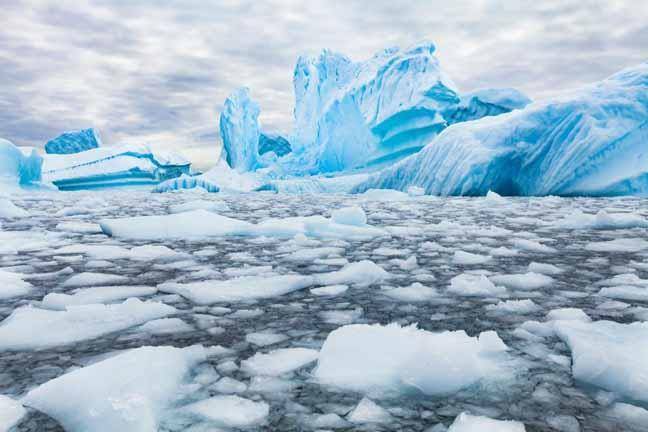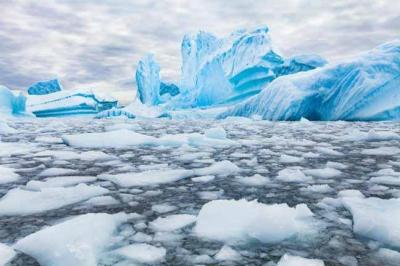As the year of unexpected global warmth comes to an end, having already seen annual average temperatures reach a record high in 2023, scientists currently predict that 2024 will be even hotter, according to the Washington Post. The newspaper reported on Tuesday that the oceans around the globe were at record warmth for most of 2023 to the extent that it will take several months for them to rid themselves of this heat and return to normal. This increase in the planet's temperatures is attributed to what is known as the climate phenomenon El Niño, with the newspaper clarifying that no decline in global warming, which has been ongoing for decades due to fossil fuel emissions, is expected.
The newspaper mentioned "frightening" predictions that include the average temperature of the planet rising more than 1.5 degrees Celsius (2.7 degrees Fahrenheit) above pre-industrial levels from the 19th century, according to the UK Met Office. The Washington Post highlighted that the planet is closer than ever to that alarming threshold in recent months, indicating the expectation of new extreme climate phenomena. However, such climate trends may be difficult to predict accurately, as the newspaper noted that at the beginning of 2023, scientists anticipated that the year would end as one of the hottest on record, yet they did not foresee the number of new records set during the year.
Carlo Buontempo, director of the EU's Copernicus Climate Change Service, was quoted saying, "In fact, we are currently in uncharted territory, and we do not know what will happen next."
### Carbon Pollution
Scientists have warned of the approach of many of the most dangerous threats facing humanity, as carbon pollution is raising global temperatures to levels more dangerous than ever, according to a report by the British Guardian newspaper. According to the "Global Turning Points" report, the 2030s may witness radical shifts if global temperatures rise by 1.5 degrees Celsius above pre-industrial levels. These planetary transformations will not only cause temperatures to spiral out of control in future centuries but will also unleash severe, sweeping damage to people and nature that is "irreversible."
Potential risks include the collapse of large ice sheets in Greenland and West Antarctica, the death of coral reefs in warm waters, and disruption to the main ocean currents in the North Atlantic.
### Arabs and the World
In contrast to other climate changes, such as hotter heat waves and heavy rainfall, these systems do not change gradually in accordance with greenhouse gas emissions but can shift from one radically different state to another. The Guardian points out that "when the climate system flips, the way the planet operates may change permanently."
The report found that other areas are at risk, including mangrove trees and seagrass meadows, which are expected to die in some regions if temperatures rise between 1.5 degrees Celsius and 2 degrees Celsius, as well as certain forests.




